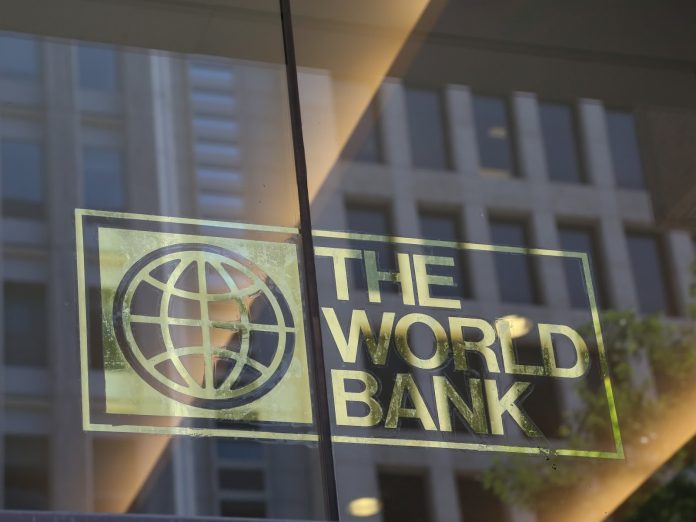ISLAMABAD: Pakistan’s industrial sector is expected to grow to 7 per cent in Fiscal Year 2018 because of continued construction activity coupled with improved electricity supply under China Pakistan Economic Corridor (CPEC), a World Bank report said.
The growth in industrial sector is likely to further increase to 7.7 per cent during FY 2019 compared to 5.0 per cent growth in FY 2017, the World Bank’s twice-a-year “Pakistan Development Update” suggested.
The services sector, is expected to grow by 5.8 percent in FY18, compared to 6.0 percent in the previous fiscal year due to healthy growth in wholesale and retail trade, and transport, storage, and communications.
Similarly, the agricultural sector’s performance is expected to remain robust, with major contributions coming from the crops sector, particularly cotton and rice.
However, the pressure on the current account is expected to continue as the trade deficit will persist during FY18 and FY19.
Exports are expected to recover during FY18 and FY19 as supply-side factors ease, including an improved electricity supply and low domestic lending rates, the report added.
This expectation is also supported by the double-digit growth recorded in exports during the first quarter of FY18. Imports, after touching 17.6 percent (y-o-y) growth in FY17, are expected to grow at a slower pace in FY18 and FY19. The slowdown in imports is mainly due to the high import base in FY17.
The report further added that FDI flows will strengthen with the accelerated implementation of CPEC projects.
Fiscal slippages are expected to continue through the election cycle, which will further widen the fiscal deficit during FY18, compared to the 5.8 percent fiscal deficit in FY17.
Inflation, after remaining moderate during FY17, is expected to rise steadily in FY18 and FY19. This increase will be driven by higher domestic demand and a slight increase in international oil prices.
After significant improvements in macroeconomic stability for three years – primarily a result of prudent macroeconomic policies – macroeconomic imbalances have increased over the last year.
The trade deficit is expected to remain large even after exports recover, given strong import growth linked to CPEC investments. Remittances growth will remain subdued, given the gradual economic recovery projected in the GCC countries.
A flexible exchange rate should help the economy adjust to these pressures.
Recent analysis by the World Bank shows that there is a strong and significant relationship between the REER and exports in the medium to long term, which suggests that increased Pakistani rupee flexibility would help narrow the trade deficit.
Policymakers are usually concerned with the short-term adjustment costs of a weaker currency. Analysis by the World Bank suggests a moderate increase in inflation and a manageable increase in debt financing costs because of Pakistani rupee depreciation, in line with similar analysis conducted by the central bank and other institutions.




